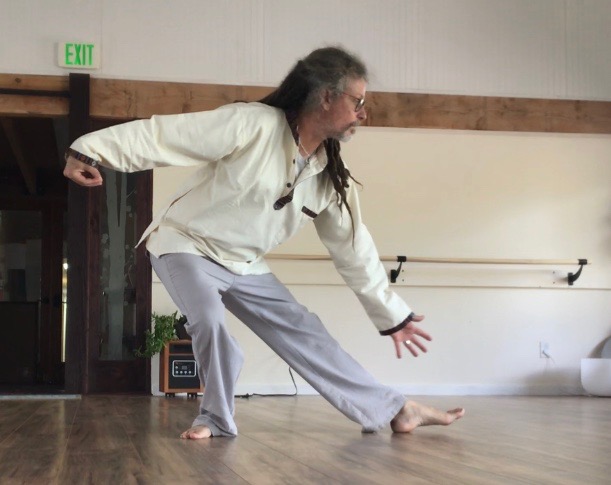
Tai Chi Ch’uan, literally ‘supreme ultimate boxing’ is an ancient Chinese martial art which has profound implications for cultivating and preserving health in our modern age.
It is said that in the early days of Buddhism, the monks set up monasteries to meditate and pray. Because they meditated all day, they were weak and slow, and bandits could easily rob the monasteries with no resistance from the monks. So, the monks developed tai chi, chi kung and kung fu as ways to hone their bodies and protect themselves. They also found that these practices alleviated illness, made them more alert, and that a strong body was associated with a strong mind.
In our lineage, The Cheng family of Northern China used Tai Chi Chu’an to defend their city from bandits an northern invaders. Eventually the master of our lineage, Cheng Man Ching, took this practice to Taiwan and, along with his two senior students, Ben Lo and William C C Chen, brought the practice to The United States.
Ben Lo, my teacher, was the former Tai Chi trainer of the Chaing Kai-Shek army in Taiwan.
Coming to America, Cheng Man Ching realized that Americans were different, and that they needed a different focus besides the martial aspects of the practice. He, therefore, shortened the form to today’s Yang Style Short Form, and taught people how to use the practice to hone ‘chi’ or vital energy that could be used to create health and wellness.
Tai Chi teaches us to avoid oncoming energy. It says that four ounces can deflect two tons of oncoming energy. Tai chi teaches us not to confront this energy with resistance, but by being soft and yielding. While the enemies of the Cheng Family were bandits and marauders, today’s ‘enemies’ can be conflict, drama, electro-magentic energy, the constant barrage of the media, politics, fear, depression and anxiety, and so many other things. Tai Chi teaches us how to determine which energy needs our attention, and which can be deflected. It teaches us when and how to stand our ground when we need to, and how to get out of the way when we need to.
I began practicing with long-time Ben Lo student Charles Holman in Evergreen in the early 1990s, and have continued to this day.
While Tai Chi stands up on its own as a beautiful practice, Tai Chi has also helped me see the places where it is similar and different than yoga. At its core, it is the same. Tai Chi teaches us about external energy, moving energy around us, putting out energy out into the world – and yoga teaches the internal energy.
Tai Chi is deeply rooted with the Taoist ideas of yin and yang. It teaches us about how to decipher the opposites that exist in all things. That where there is heat, there is cold; where there is strength, there is softness; where there is shadow, there is light.
To me, Tai Chi means using the friction created between opposites to create energy and to use it where needed.